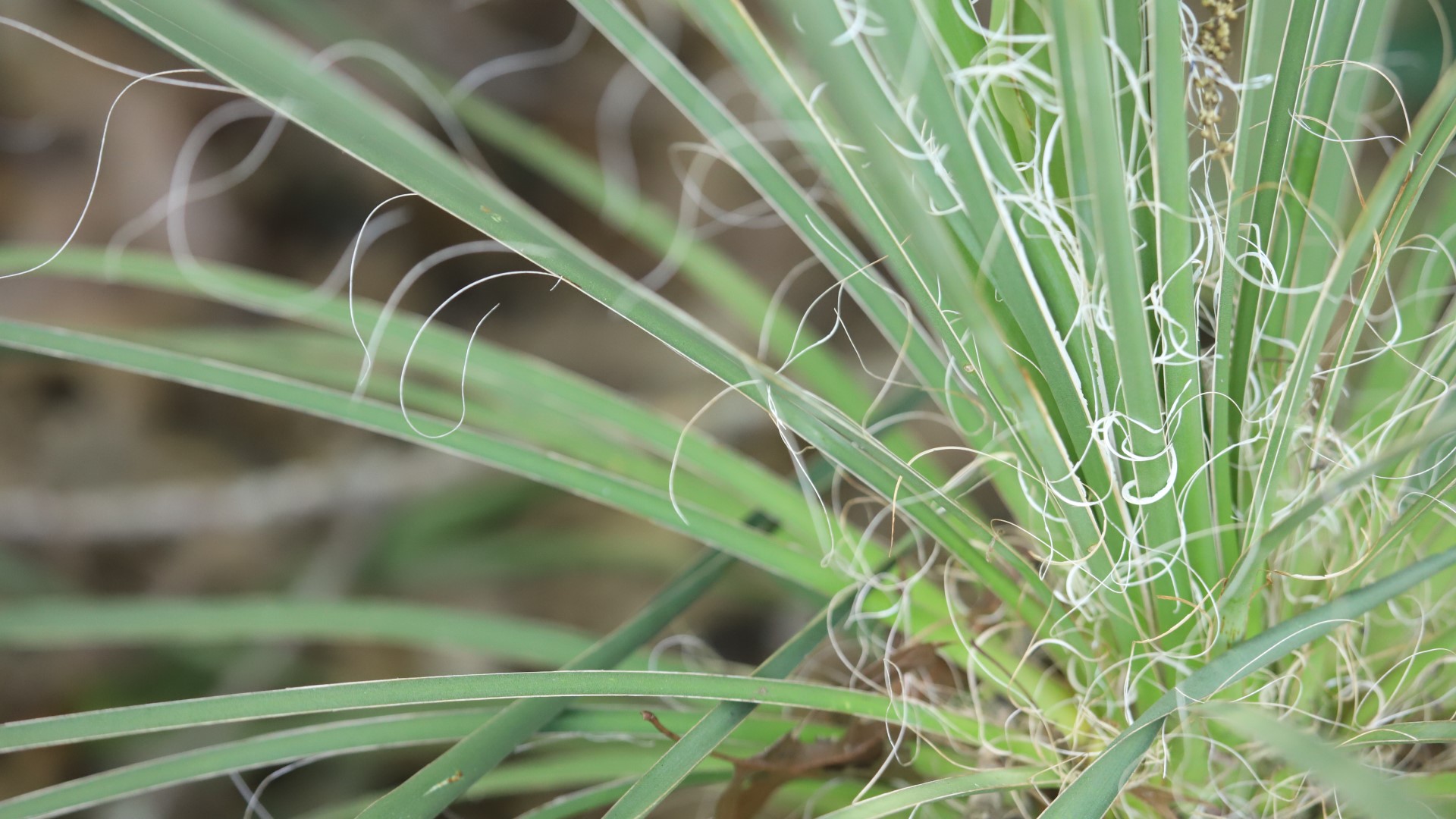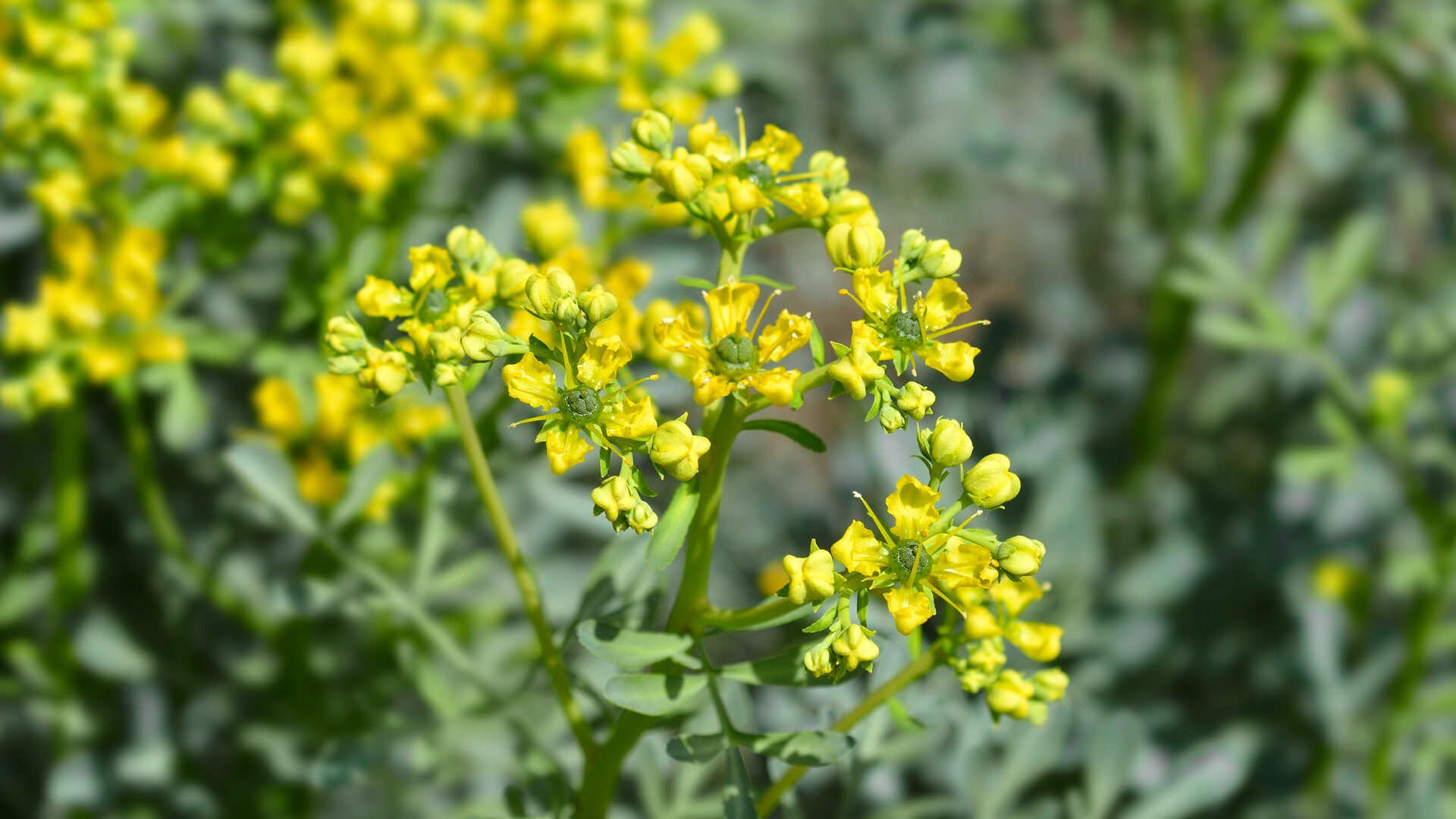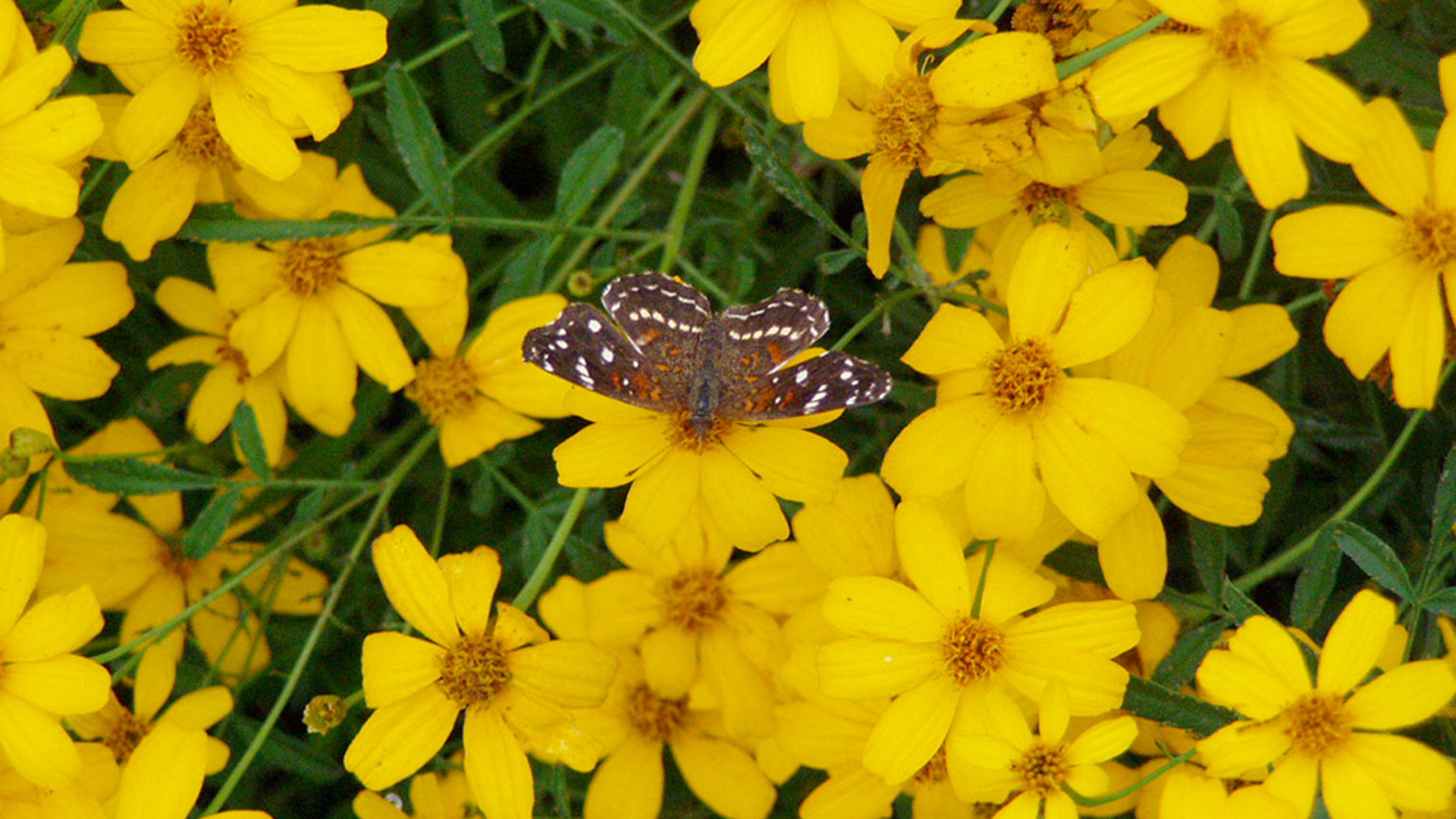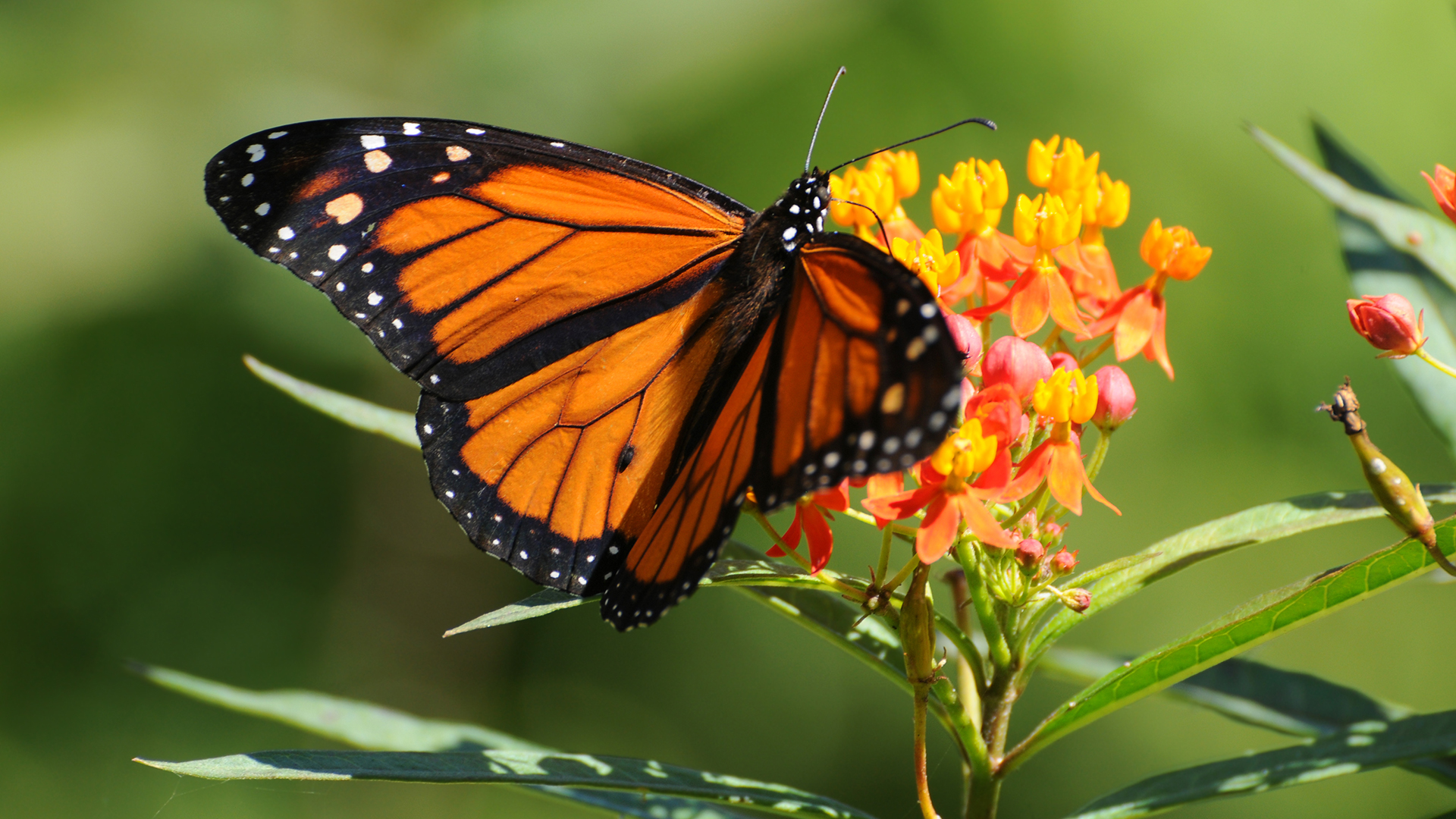Garden with a plan and be confident. There’s always a way to work around rash-inducing rabblerousers.
We’ve talked about invasives and thorny plants. But now, let’s talk plants that can make your skin burn baby, burn.
Next in our series for beginner gardeners and Texas transplants, we’re discussing plants that can cause rashes and other painful reactions when you’re working in the garden.
There’s often a two-ingredient recipe for disaster when it comes to these plants: oil and sunlight. When you’re working in your garden, oil from your plants will likely get on your skin. Pair that with the brutal summer sun, and your skin will learn a lesson you may never forget. Here are our top rash-inducing rabblerousers.
- Poison ivy and poison oak
Usually everyone is aware of these two plants because they’ve had a run in, or from horror stories that friends and family tell them. Funny enough, poison ivy is not in the ivy family, and poison oak is not a true oak. They’re both in the sumac/cashew family and are closely related. They can grow as a shrub or a vine, and the fuzzy aerial rootlets and “leaves of three” are famously recognizable, but can also be mistaken for common plants like box elder and Virginia creeper.
The culprit behind the reactions these two cause is urushiol, which is found in poison ivy’s sap and in all parts of poison oak. Important to note is the fact that urushiol can be spread onto surfaces, including garden tools, and onto pets.
If you are concerned you’ve been exposed, rinse affected skin with cold water and mild soap within 30 minutes to remove the oil (cold water prevents pores from opening and keeps the irritant from being further absorbed.) Surfaces and tools can be wiped with bleach.
Fun fact: mangos are also in the same plant family and can cause a similar reaction from their skin and sap.

Yuccas contain saponins, which are hemolytic (damage red blood cells). This is particularly an issue for thorny yuccas, which may poke you. The sting will hurt more than a normal poke from a thorn, so be aware and use gloves when tending to your thorny yuccas. Saponins are poisonous, which means that they must be ingested to cause problems. In this way, it’s almost like a plant version of a venom because the yucca spines “sting” you.
For those worried about our beloved red yuccas, don’t be. They have no thorns. They are poisonous if ingested, by both humans and dogs, but luckily they are not tasty.

Rue, or herb-of-grace, is a toxic plant that has medicinal, religious and even culinary uses (although it has a bitter flavor and is used very sparingly). Due to its pungent odor it serves as a repellant for various insects and mammals in the garden. Several swallowtail butterflies use it as a host plant, so you may find its blue-green leaves and yellow flowers in butterfly gardens.
Problems can arise, however, after skin contact with rue, as it contains chemicals that can cause a nasty rash when exposed to bright sunlight or UV light. Take precautions when working around it to ensure the oil from leaves and stems doesn’t get on your skin.

A beautiful drought tolerant perennial shrub that has lovely little yellow flowers. These flowers are so plentiful that they can even hide the foliage beneath, so all you’ll see are mounds of yellow. It has a strong scent, which is due to the oil it releases. That very oil is what can cause contact dermatitis. Some say this smells like a mix of lemon, marigold and mint.
These Texan crescent (Anthanassa texana) butterflies are enjoying the benefits that this stand of copper canyon (Tagetes lemmonii) daisies provides. Texan crescents lay their eggs on ruellia, shrimp plant, and members of the Acanthus family, which are all valued and drought-tolerant members of South Texas landscapes.

All milkweed species are poisonous to some degree, but some are more poisonous than others. However, milkweed is important for the life cycle of monarch butterflies and helps to feed our other pollinators. It also serves as a home for beneficial insects that eat pests. The aspect that we are focused on today is the sap, which can get into your eyes and cause blurry vision, pain, light sensitivity and even a temporary decrease in vision. Make sure that when you’re working with milkweeds, you wear gloves to avoid their milky sap because it can irritate your skin too. Wash your hands thoroughly after touching it — even if you wear gloves — just to be safe.

For plants, survival and reproduction is everything. To avoid being eaten or disturbed, they adapt in ways that we may find painful. As always, garden with a plan and be confident. There’s always a way to work around plants that prickle.


